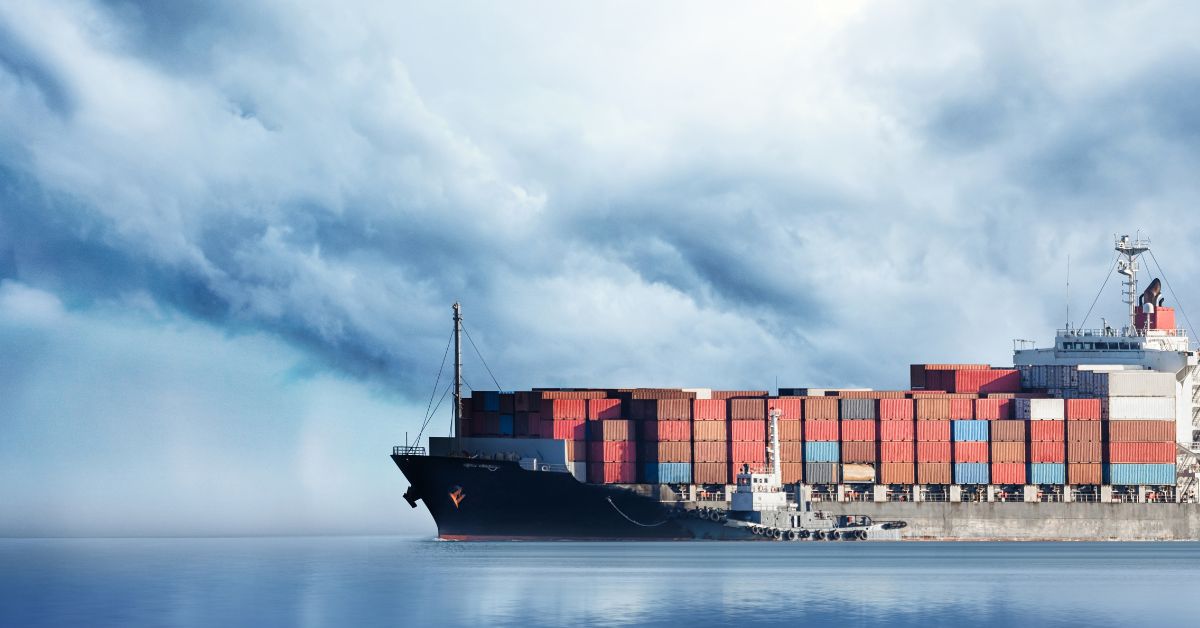

One of the oldest sectors of the global economy is shipping. About 55,000 commercial ships travel the world carrying goods. The number of containers traveling the world at this time is about 20 million. Nearly 90% of global trade is carried out by shipping, which is a huge industry.
A shipping company or an airline can be an overseas carrier. They are in charge of moving items between locations. In particular, if trans-shipments are a component of the supply chain, there may be one or more carriers for a shipment.
The firms that handle freight forwarding are also referred to as freight brokers, transit brokers, and forwarding agents. It is a person or business that arranges shipments for people or businesses to transport items from a manufacturer or producer to a market, client, or the point at which distribution is complete.
They are responsible for keeping an eye on the cargo as soon as it is made accessible, registering shipments with carriers, creating the B-L, collecting shipments from the carrier's agents, and completing all relevant documentation before distributing them in accordance with their standards.
They carry out the standard procedures for clearing customs, such as processing documents through the official customs office and inspecting items on-site to ensure that the cargo matches the description on the paperwork.
Customs certify documentation to show that the export of cargo is authorized in order to stop illicit operations. The collection of import duty payments is the sole aspect of the import procedure that is different from one another.
Learn more about CUSTOMS CLEARANCE
An important link in the network is the insurers, who protect every insured piece of goods from transportation-related risks. This is accomplished through contracts and independent insurance policies.
A network of interconnected manufacturing, trading, and service activities is known as a value chain. It begins with the transformation of raw resources and concludes with the delivery of completed items to a market.
The three primary stages of a value chain can be connected to the nature of the production chain and the freight transportation networks supporting them:
The majority of basic materials go through three main changes. The first step is extraction, which is the process of obtaining raw materials (harvesting, drilling, mining, cutting, depending on the nature of the natural resource).
There are several materials that are gathered and aggregated in observable regions. Second, the transfer is the procedure for gathering and keeping enormous amounts of bulk freight, which primarily occurs at port and rail terminals.
Thirdly, processing consists of converting raw materials into manufacturing-ready components. Since economies of scale are a significant driving force, processing operations often take place closer to marketplaces with specialized and high-capacity infrastructure and transportation systems.
The production and assembly of components and final items are the focus of this stage. A complicated network of connections and the accompanying flows between various businesses occur in the form of industrial clusters, based on how complex the production is.
As a business attempts to control the majority of the steps in the manufacture of a product or collection of goods, intra-industrial connections sometimes take a horizontal shape. Depending on the items, many means of transportation are used, from air freight for high-value commodities to containerized or less-than-truckload weights for parts.
With the ability to leverage new manufacturing and assembly options at affordable places through outsourcing and offshore, globalization has significantly changed this stage.
Getting final items to consumer markets is the focus of this phase. Aspects like product packing, storage, and delivery to the market are part of the first step, distribution. This frequently occurs in logistical areas with a concentration of distribution hubs in easily accessible places, such as close to ports or main thoroughfares.
When customers (including individuals and businesses) gain access to a product, retailing is frequently the last step in the value chain. Although many merchants are also involved in delivery, most retailing operations require the consumer to move the goods from the point of purchase to the point of consumption.
Local-scale is typical for most flows. Given that a large portion of consumption happens in cities, transportation and merchandising flows are becoming a bigger issue for urban transportation. So, the distribution process is often dominated by transportation. The retail and distribution industries have seen tremendous change as a result of e-commerce, which also offers home delivery.
The three most significant production variables in the past—land, labor, and capital—could not be effectively utilized on a worldwide basis. For instance, a business in one nation found it challenging to benefit from cheaper inputs (such as labor and land) in a neighboring nation. This was particularly true because laws prohibited foreign entities from owning all or the majority of a manufacturing site. Different forms of foreign ownership, such as individual participation and joint ventures, have increasingly become more acceptable because of economic integration and trade agreements.
Prior to modern technologies, physical distribution limitations were a major factor in the challenges of overcoming distance. Due to ineffective communication methods, distribution systems had limited capacity to carry commodities across international borders, and managing disjointed manufacturing systems was challenging.
Products are becoming increasingly complex, which implies that producing them requires a broad variety of components and abilities. Due to these intricate procedures, firms frequently expand in size and breadth, make difficult decisions regarding how to manage their operations, and strengthen their competitive advantage. Businesses can expand in a variety of ways in a global market, including through freelancing and both horizontal and vertical mergers.
Production systems have been significantly impacted by factors such as the expansion of multinational firms, trade liberalization, ubiquitous information technology, and global transportation and communication networks. When you examine a supply chain, you can observe the individuals and processes involved in producing a thing that the market demands, such as consumer products, food, or raw resources.
Although there are many different types of transport services supporting different value chains, containerization is flexible enough to handle a range of goods and time restraints.